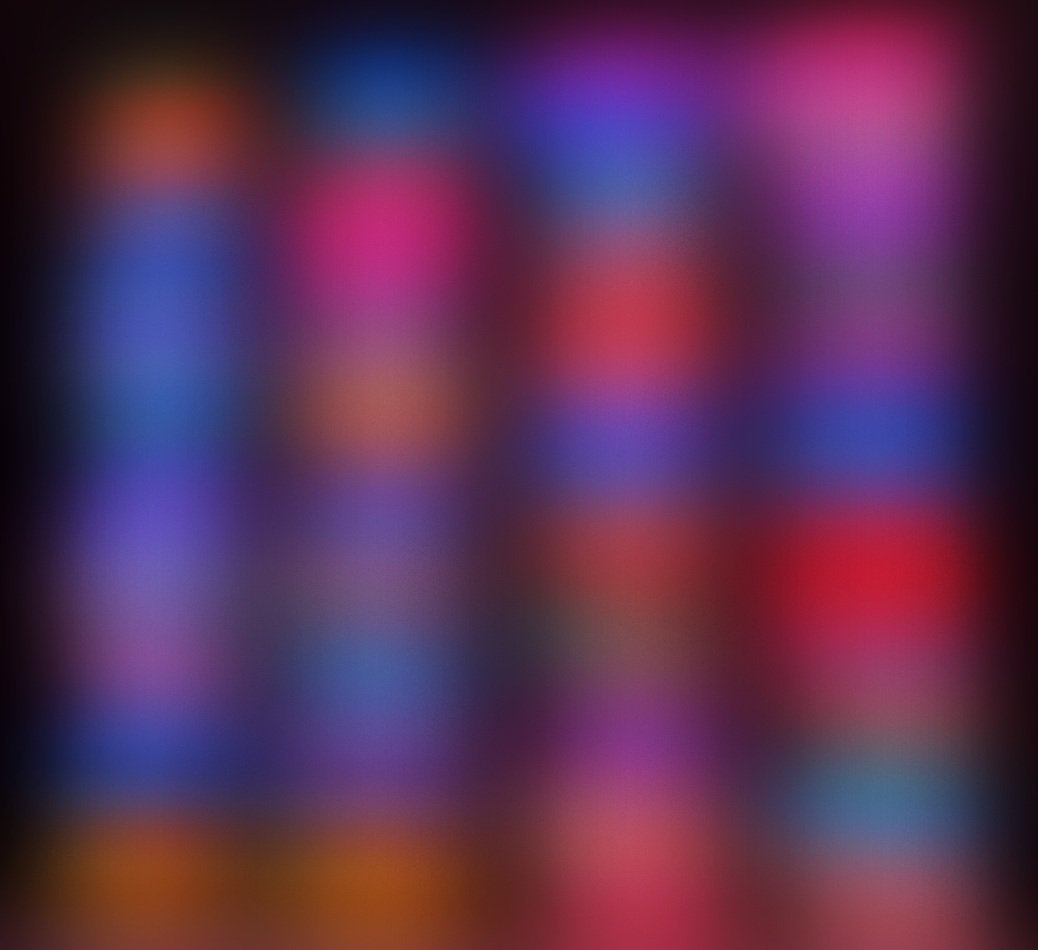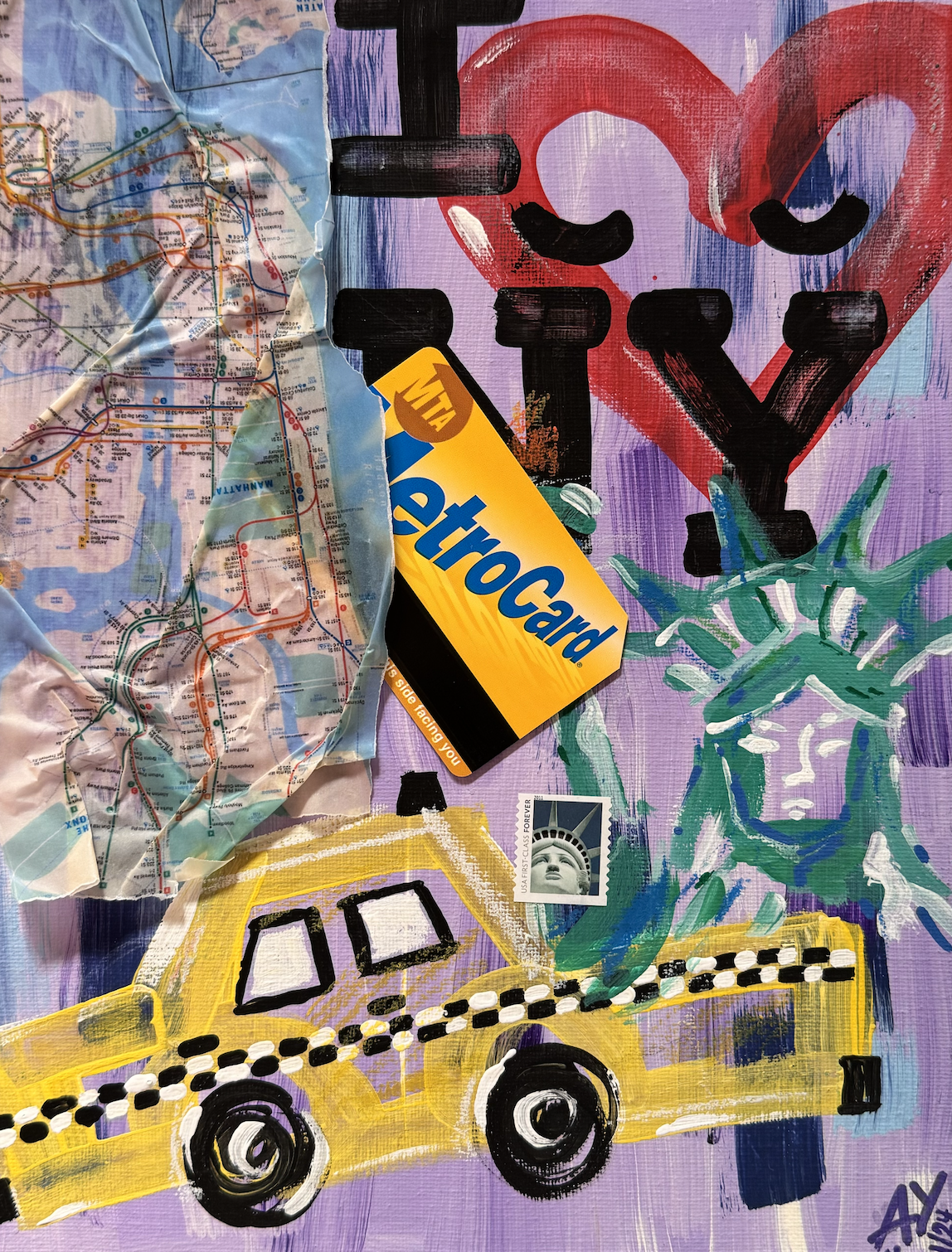
The interviews with Amanda Ellis and Adie Yntela showed major support of how creative freedom is vital in teaching art to up-and-coming generations. Through Amanda’s approach to teaching multi-medium projects, students can engage with the creative process and figure out who they are as artists through creative freedom. While there is creative freedom in her class, it is done more so in a constructive environment. One main project is given to all students while materials are rotated to allow material exploration. Specifically for the older groups of students (4th, 5th, and 6th), the choice of medium is often left up to them unless there is a specific material needed to emphasize the lesson at hand. Amanda creates a safe space for students to explore their creative side without fear of judgment.
On the contrary, my interview with Adie Yntela and her ideas regarding creating art exhibited a much more freestyle approach. Amanda focuses more on exploring the creative art process to find who you are as an artist, while Adie focuses on pouring your heart and soul into your artwork, with no boundaries in sight. Advocating for the depiction of emotion in art is a tough one to defend, but through Adie’s work I was able to see that not all emotional art has to be super raw and jaw-dropping. It can be colorful, chaotic, dull, or simplistic. It also isn’t about the end product, but rather the journey through emotions that bleed through your brush and onto the canvas.
Though both Adie and Amanda push the idea of creative freedom in different ways, they both meet each other in the middle. Amanda teaches students about creative freedom and gets them comfortable with the creative process and medium exploration. This gives her students the skills to then eventually pursue art on a more personal level such as Adie. One feeds the other, just like the curious mind feeds creativity.



